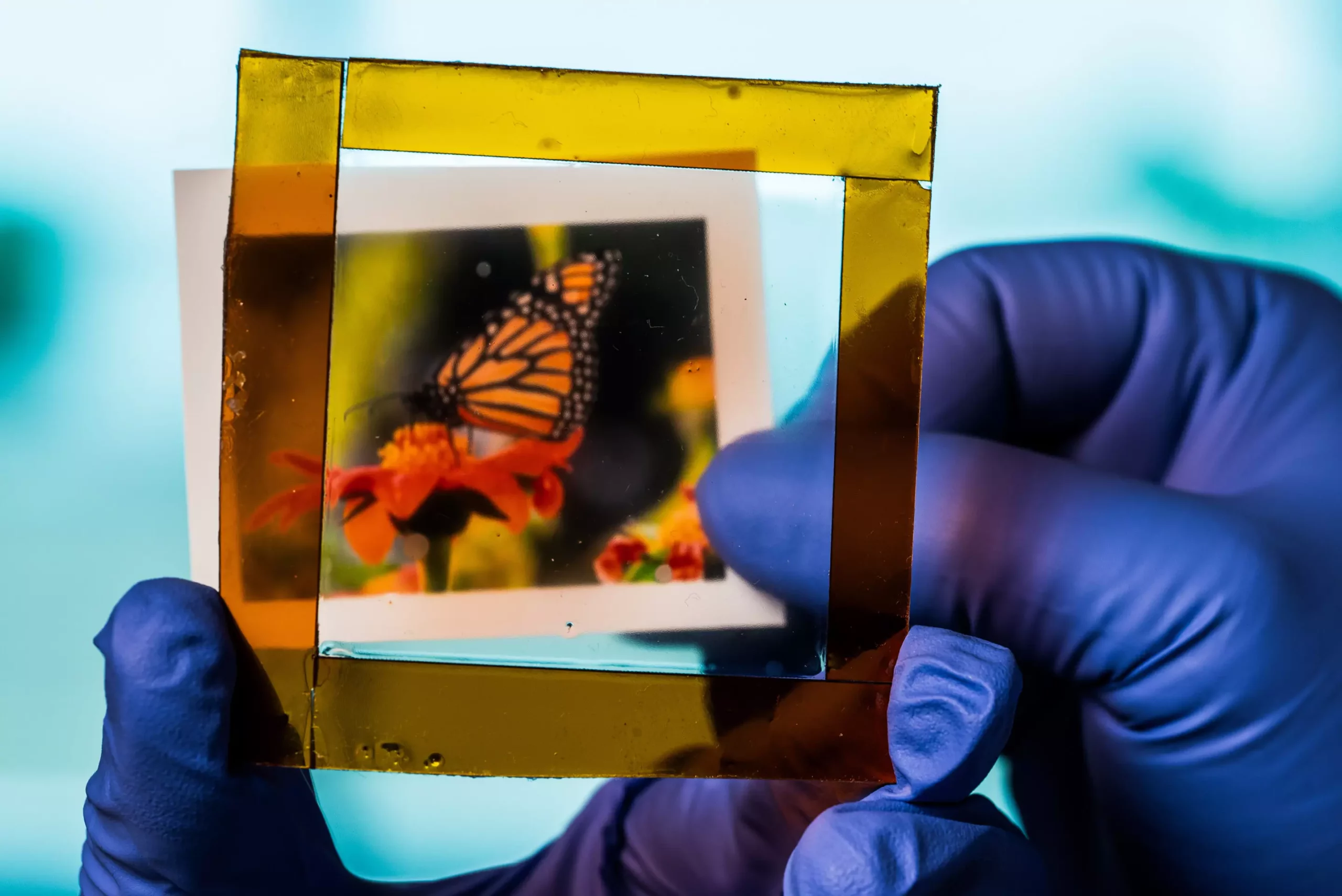In an era where climate change poses an ever-increasing threat, the quest for innovative energy-efficient technologies has gained paramount importance. Among several advancements, researchers at Rice University have pioneered a groundbreaking smart material that dynamically modifies its transparency in response to temperature variations. This advancement boasts enhanced durability, improved responsiveness, and superior transparency compared to existing options, promising a significant impact on indoor cooling solutions, a critical need amid rising global temperatures and escalating energy consumption.
The Need for Efficient Cooling Solutions
As air conditioning systems contribute around 7% of global energy consumption, alongside accounting for approximately 3% of our carbon emissions, the demand for efficient cooling methods is increasing. With temperature records being shattered and instances of heat waves escalating, the pressure is mounting for alternatives to energy-intensive cooling technologies. One effective strategy lies in the development of thermochromic materials—substances designed to control heat flow through windows while permitting natural light. However, many commercially available thermochromic materials are prohibitively expensive and lack the durability necessary for widespread application in structures, vehicles, and other necessary environments.
The cornerstone of this innovation is a newly developed polymer blend that overcomes many obstacles faced by existing thermochromic materials. As explained by Sreehari Saju, a doctoral candidate involved in the research, the new formulation utilizes a combination of organic and inorganic components that eliminate common issues such as limited lifespan and high production costs. This significant improvement positions the smart windows made from this polymer for large-scale implementation, effectively combating indoor heat without relying on traditional energy sources.
In their study published in Joule, the researchers adopted a dual approach that combined both experimental data and computational simulations. This comprehensive method allowed them to assess how the materials would function across varying environmental conditions and architectural frameworks worldwide. Such detailed analysis enhances the reliability of predictions regarding their practical application and the overall impact on energy conservation.
The innovative material synthesized at Rice involves a blend of two specific polymers infused with salt—a combination that plays a pivotal role in achieving smooth transitions between transparent and opaque states in response to temperature fluctuations. Notably, findings indicate that this polymer not only effectively regulates solar heat but also boasts a remarkable lifespan of around 60 years, significantly outperforming previously available options.
Anand Puthirath, a research scientist part of the team, emphasized the uniqueness of their process, which involved careful balancing of materials to create a solution previously unattainable. The application of rigorous environmental stability testing further confirmed the material’s robustness. This blend establishes new performance benchmarks in thermochromics, a critical development for sustainable architecture.
The research insights gained through collaboration with external institutions, such as the Chinese University of Hong Kong, underscore the expansive potential of this new thermochromic blend in transforming energy efficiency in buildings. As Pulickel Ajayan, the Benjamin M. and Mary Greenwood Anderson Professor of Engineering at Rice University, articulated, these advancements provide a simple yet viable solution poised to reshape sustainable architecture practices.
With the dual benefits of energy cost reduction and a markedly smaller carbon footprint, the innovative polymer blend heralds a pivotal advancement in the ongoing fight against climate change. It not only positions thermochromic materials at the forefront of energy-efficient technology but sets a societal standard for future materials science endeavors.
As researchers continue to explore the potentials of smart materials like the new thermochromic polymer, it is evident that the road to sustainable energy solutions involves creativity in materials science. This breakthrough not only embodies a technological achievement but also serves as a reminder of the critical intersections between innovation and environmental stewardship. As society stands on the brink of significant climate challenges, technologies like those emerging from Rice University may light the way toward a cooler, more energy-efficient future.

